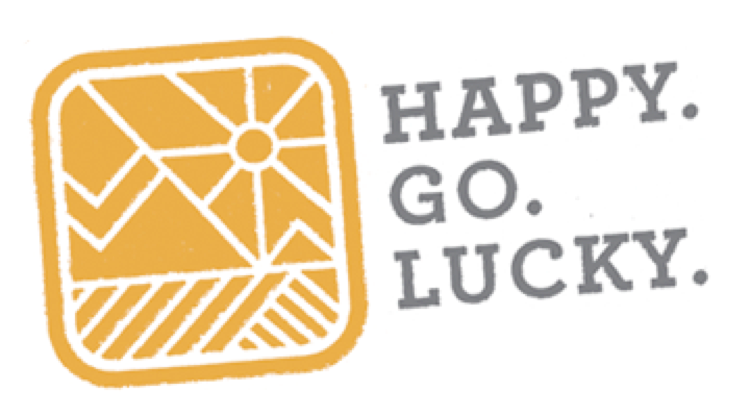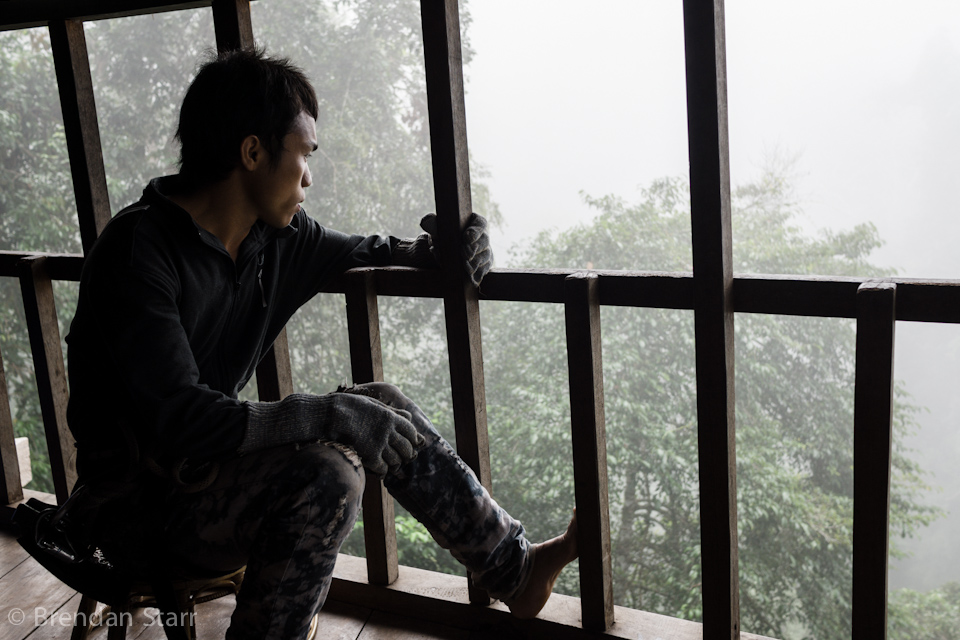Beginning of the Indo
We're in Indonesia with less than three weeks to go before we head home for the first time in nine months! We have so many emotions running through us right now that we're trying to slow down and use our time here to relax, reflect and prepare minds, bodies and spirits for re-entry.
But, old habits die hard. After a few quiet days in Bali (which is where we fly out of on March 14th), we got the itch to do some exploring. So we hopped a 4-hour ferry to Lombok, a neighboring island with a deserted Southern coastline.
Tanjung Aan Beach
We set up in Kuta, which shares a name but nothing else with Bali's famous party beach. It was just what we needed - beautiful, quiet, untouched and, outside of a few surfers and a friend of ours from back in Vietnam, all ours. We stayed with a local family for $8 a night, ate for about $2 a meal and found it pretty easy to settle into island life.
Brendan has been getting more and more comfortable shuttling us around on a scooter, so every morning we jumped on the bike in search of a new beach. We had no schedule and no agenda, with nothing to stop us from our pursuing our lazy adventures. Except of course for the rain (February is rainy season in Indonesia), which had plans of its own.
For the most part, we've been getting afternoon showers, short-lived and somewhat predictable. But, as we've learned over the last nine months, it's the unexpected moments that are most memorable.
After an incredible meal at Ashtari Cafe, we set out one morning with Marina (a friend we met on a trek in Vietnam, then met up with again several times in Vietnam and Cambodia) in search of a beach called Mawi, on the Southwestern tip of the island. The scenery was so beautiful on the way there that we kept stopping to take pictures. At one of our photo opps, women working in the rice fields started waving their arms at us. We immediately thought they were offended by the photos, but as they came near, we noticed they were using the palm-down, digging motion which actually means "come here" in a lot of SE Asian countries.
We sat down with them right then and there on the side of the road for a coffee break. We sipped extremely strong powdered coffee while they tried on every piece of clothing of ours they could get without taking the shirts off our backs (although one actually asked for that as well). They laughed as they passed around sunglasses, hats and headbands before returning everything and sending us on our way, amped up from the unexpected experience and the caffeine.
The extra energy came in handy when the road to Mawi suddenly became nothing more than a muddy path. I had to get off the bike and walk so Brendan could maneuver first our and then Marina's bike over the sketchiest parts. Then, we ditched the bikes altogether and decided to just walk the rest of the way. Marina broke her flip flop and I fell down completely, covering my entire backside with mud while Brendan and some locals looked on and laughed. When we finally made it to the beach, a huge storm blew in and left us stranded with about 13 locals in a bamboo hut by the water, thirty minutes from our bikes and another hour's ride from civilization. The wind was blowing so hard, the rain was coming into the wall-less hut sideways, soaking us but (silver lining) washing off a little of the mud on my clothes. We bonded with the villagers until the storm subsided, at which point they walked out with us. The man in charge placed his arm lovingly around Brendan while Marina and I followed with the women and children.
We didn't get much of a head start before the rain started up again. We pulled off to the side of the road, and we're immediately invited to seek shelter under another bamboo hut in the yard of someone's house. We were served fresh corn on the cob and talked about the weather with the dozen or so older men in the hut. When the downpour let up, we said goodbye, thinking we were leaving our hosts to their evening, only to have everyone follow us out. All the men there were also simply hiding from the rain, accepting and extending the generosity from the actual homeowners to us.
We finally made it home, unscathed and entertained by our misadventures. It was not the day we had planned, but was one of the best on the island and reminded us, yet again, that people are what make places so special.















